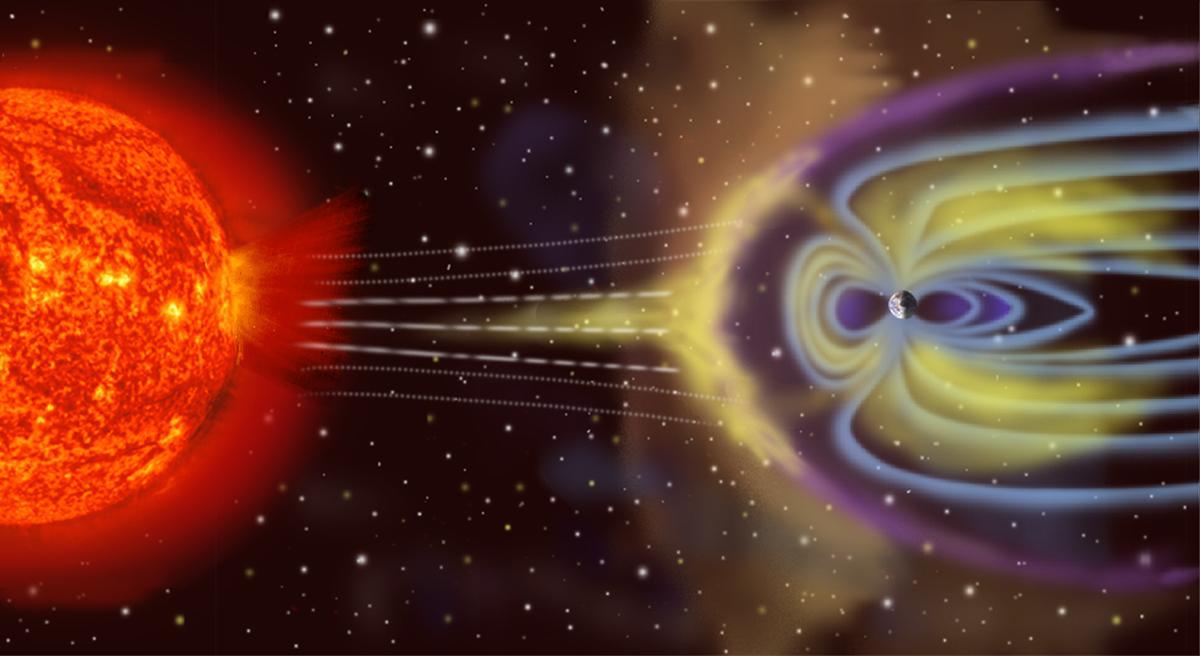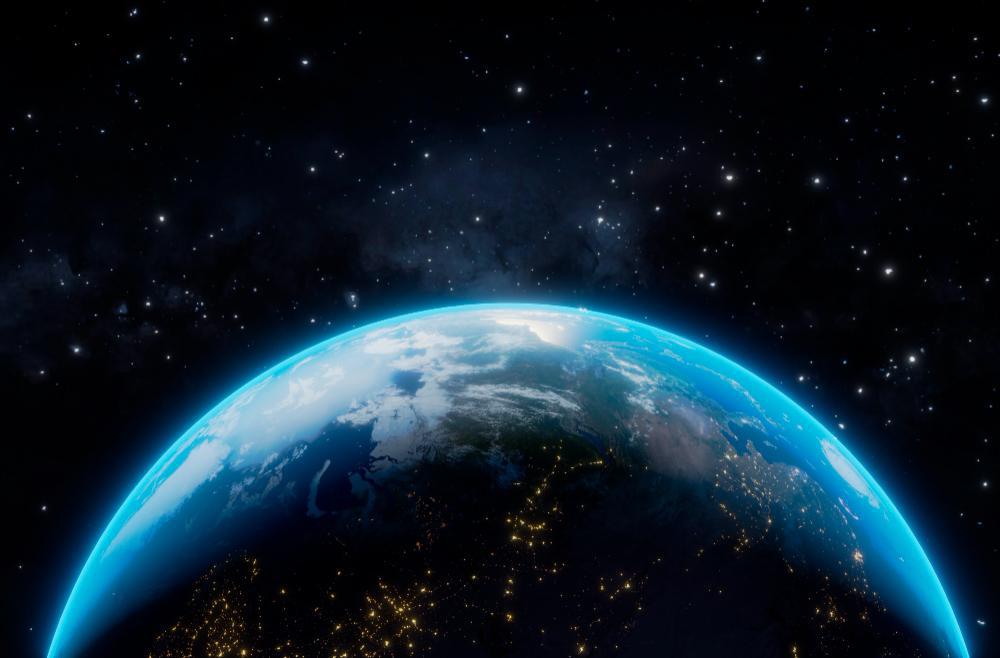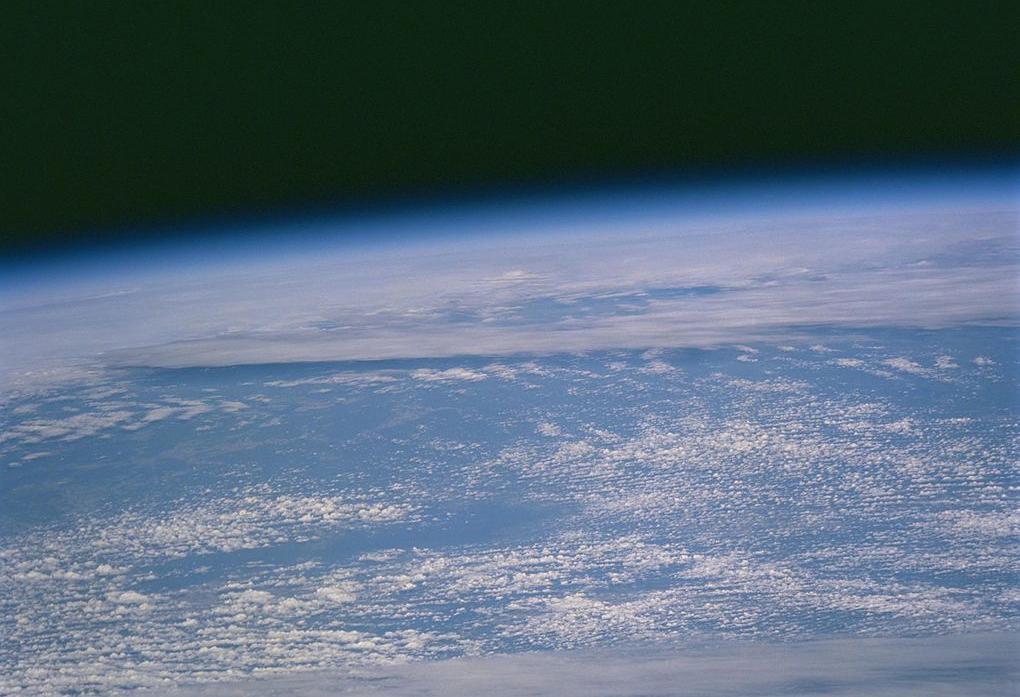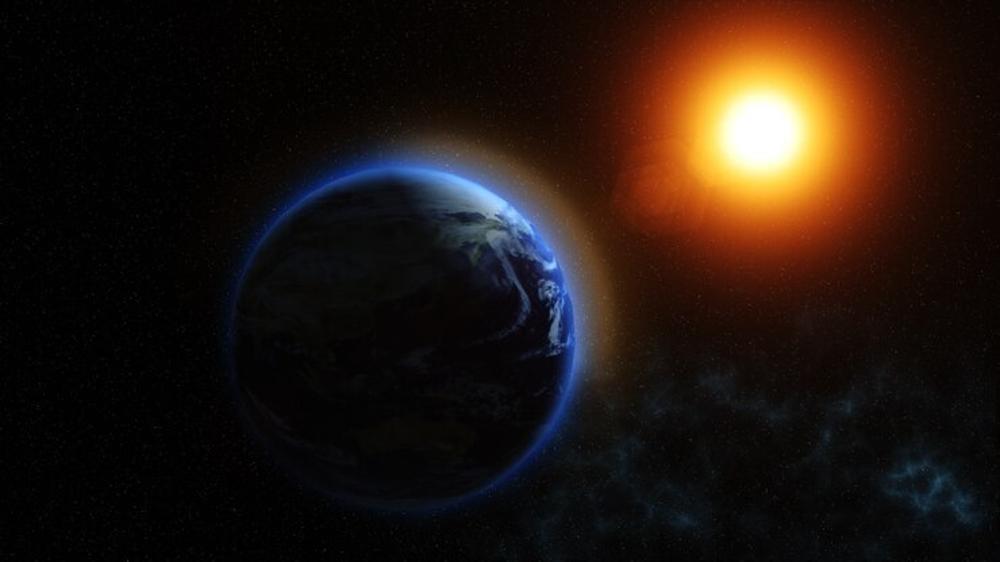Scientists Left Confused After Uncovering Ancient Rocks That Hold Proof of the Earth’s Magnetic Field
Scientists believe they have discovered evidence that our planet had a magnetic field as far back as 3.7 billion years ago. The find has confused researchers, as it suggests the field is billions of years older than previously thought.
This groundbreaking finding can potentially revolutionize our understanding of Earth’s history. It proposes that our planet boasted a robust magnetic field eons before our current estimates.
The Magnetic Field of the Earth
Earth’s magnetic field is an integral part of life on our planet. It protects us from harmful radiation sent forth in the form of charged particles by the sun and a plethora of other phenomena. It also helps us navigate around the world.

Source: Wikimedia
The field is the product of a complex process in which electric currents in the outer core are affected by forces at play within the inner core. In simpler terms, the magnetic field is generated by the motion of molten iron at the core of our planet.
The Earth's Magnetic Field
The inner core of our planet only cooled down and solidified approximately one billion years ago. This is when scientists typically suggest the inner workings of the world reached a point at which they could produce the Earth’s magnetic field, according to Space.

Source: Wikimedia
However, new research suggests that our planet may have had a magnetic field billions of years before previously thought. But if the molten core didn’t generate the field, what did?
Researchers Use Rocks as Evidence
A team of researchers from the University of Oxford and the Massachusetts Institute of Technology were behind the recent discovery, using 3.7 billion-year-old rocks as evidence.

Source: Freepik
It’s fairly difficult to come across rocks that are almost 4 billion years old, as most have been recycled back through the Earth. Typically, they are sucked into the mantle before being pushed back out through volcanoes. However, the researchers got lucky.
The Isua Supracrustal Belt in Greenland
When they made their discovery, the scientists had been working on a sequence of rocks located at the Isua Supracrustal Belt in Greenland. Due to their unique geology, the rocks in the region have been protected for billions of years.

Source: Wikimedia
The rocks sit high atop a continental place, shielding them from the Earth’s recycling process. Later, researchers discovered the formation was around 3.7 billion years old.
Iron Particles Tell the History of Earth’s Magnetic Field
In the new study, the researchers took samples of the rocks at Isua and examined the iron particles embedded in the sample.

Source: Freepik
According to Oxford University, “Iron particles effectively act as tiny magnets that can record both magnetic field strength and direction when the process of crystallization locks them in place.”
Strength of Earth’s Magnetic Field 3.7 Billion Years Ago
When the rescuers received their results, they were shocked to discover that the strength of Earth’s magnetic field measured around 15 microteslas 3.7 billion years ago. This is around half of the current strength which sits at 30 microtesla.

Source: Wikimedia
According to Oxford University, the results of the study supplied researchers with the oldest estimate of Earth’s magnetic field, “derived from whole rock samples, which provide a more accurate and reliable assessment than previous studies which used individual crystals.”
How Did Earth Produce a Magnetic Field Back Then?
While the study’s results have excited scientists, they have also left them confused. As the molten core could not have been responsible for the generation of a magnetic field 3.7 billion years ago, many are stuck questioning how Earth produced the field back then.

Source: Wikimedia
Nonetheless, researchers do believe that its existence played a significant role in the evolution of life on Earth.
Previous Predictions of an Ancient Magnetic Field
The existence of a magnetic field billions of years ago has long been a widely debated topic. Previous estimates have proclaimed the field could have existed as far back as 4.2 billion years ago.

Source: Freepik
The evidence for this comes from the examination of zircons, or tiny mineral crystals embedded within rocks in Western Australia. However, many scientists disregarded the results as unreliable.
Lead Author Speaks on the Find
According to one of the study’s lead researchers, Professor Claire Nichols, “Extracting reliable records from rocks this old is extremely challenging, and it was really exciting to see primary magnetic signals begin to emerge when we analyzed these samples in the lab.”

Source: Freepik
She continued, “This is a really important step forward as we try to determine the role of the ancient magnetic field when life on Earth was first emerging.”
When Earth's Magnetic Field Originally Appeared
The new study provides researchers with reliable information, as for the first time, they are using evidence gathered from rocks that contain iron, as opposed to the less reliable mineral crystals.

Source: Wikimedia
From this, they have been able to discern how strong Earth’s magnetic field was deep in the past and gain valuable insight into when it originally appeared.
The Mechanism Driving the Ancient Magnetic Field
The study’s results have given scientists a better understanding of the process that generated Earth’s magnetic field over 3.7 billion years ago.

Source: Freepik
According to their Eurekalert, the data suggests that “the mechanism driving Earth’s early dynamo was similarly efficient to the solidification process that generates Earth’s magnetic field today.” A lot more research will need to be carried out, but researchers are certain they’ve found evidence to support the existence of a magnetic field billions of years ago.
